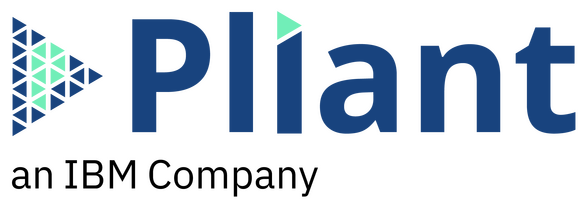Time is NOT the only way to measure the return on investment of your automation solution.
What does every successful organization have in common? They know how to optimize 3 key things: People, Processes, and Technology. The better of each, the sharper the competitive edge.
But what single thing can an organization do to optimize all 3 of these key resources?
Giving your people sharper tools like automation technology is a very effective way for an organization to gain a sharper competitive edge. Everybody knows that process and workflow automation saves time–yes–but that’s just the beginning. With automation, people become sharper, process execution is smooth/without error, and organizations become agile and easily incorporate new technologies.
Your automation should not just save time, it should seek to optimize human capital, eliminate error costs, and gain technological agility.
Optimize Human Capital
Automation augments your people; it gives them sharper tools for them to conquer arduous, manual, time consuming processes faster. As a result, people can focus on more fulfilling and higher value work.
92% of employees say having technology do the laborious part of their job increases their efficiency and positively affects their work satisfaction. Automation puts human capital to use towards the meaningful, not the menial. As a result, we see companies with highly engaged employees who have time to focus on more valuable, less repetitive work, outperform (productivity-wise) by 202% those with low employee engagement.
Automation saves time, yes, but it also keeps people engaged with higher level work, increasing work satisfaction and productivity.
Eliminate Hidden Error Costs from Processes
Automation removes the errors from manual tasks. Automation never skips steps, mis-enters data, or mis-reports information. Automated processes are 100% accurate, while manual data entry-like processes have a 1% error rate, which corresponds to 99% accuracy.
This 1% difference is extremely significant. Here’s why:
The rule of bad data applies here, that is, the cost of an error increases 10x up stream.
If it initially costs you $1 to proof-read and prevent an error from occurring in a manually entered data set, and you fail to catch an error during prevention, then you will incur a remediation cost of $10. This would involve correction, cleaning, and deduplication.
Worse, if an error falls through the cracks during the remediation, failure of a system using this data is likely. If none of the previous actions take place, then the decayed record costs the business $100 (100x the initial cost of verification).
Because of this 1-10-100 rule, manual data entry can be extremely expensive.
On the contrary, automated data entry can avoid these errors from amplifying upstream. 100% accuracy is possible, with complementary benefits of time saved and people being happier.
Generally, it is important to optimize the steps in a process before it is automated. An effective process when automated will bring yur organization to success quickly, while a junk process that has been automated will simply produce more junk quicker.
Gain Technological Agility
Automation improves organizational agility and flexibility. With Pliant, organizations are free to use any tools they wish without limit–they all integrate.
No time is wasted trying to implement custom automation.
1000’s of out of the box API calls, new vendor systems and APsI added weekly, and any vendor’s API integration available for use in 14 days flat creates a high degree of agility.
Pliant allows organizations and people to create, automate and orchestrate workflows enterprise-wide quickly from a single screen using an intuitive, industry-leading user interface.
IT can quickly build and automate workflows using an intuitive, no-code approach in minutes, not weeks.
Ready to automate your digital world? Start today and see how Pliant can drive high ROI in your organization.
